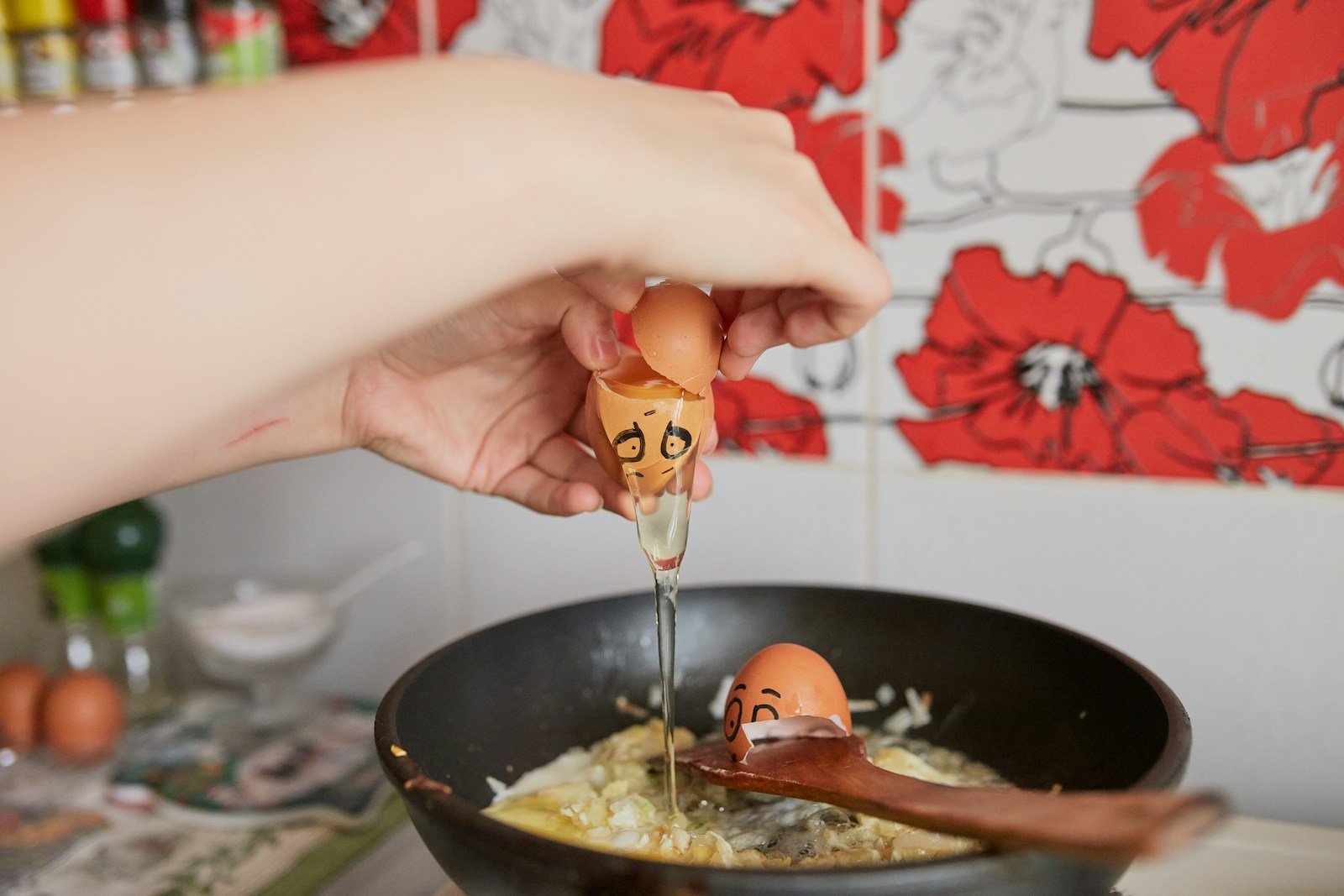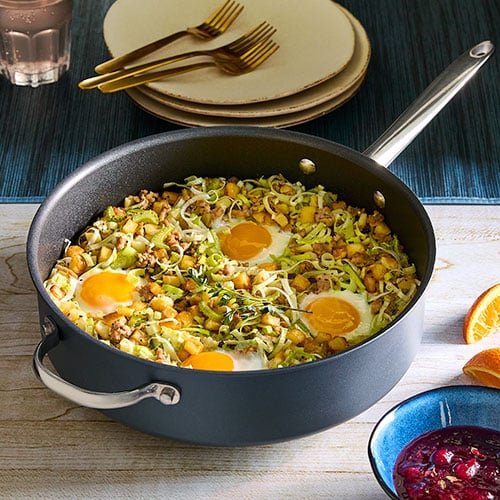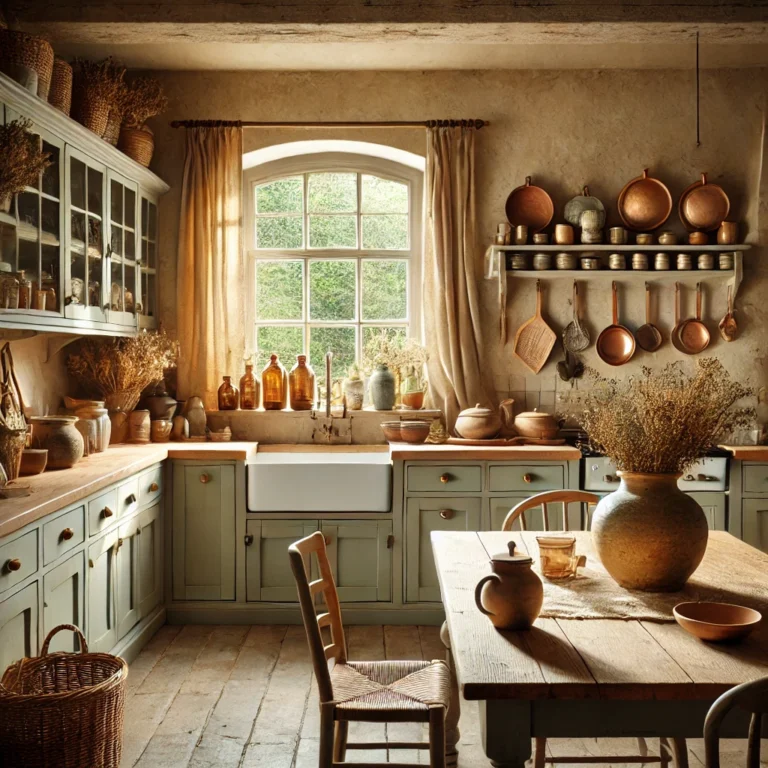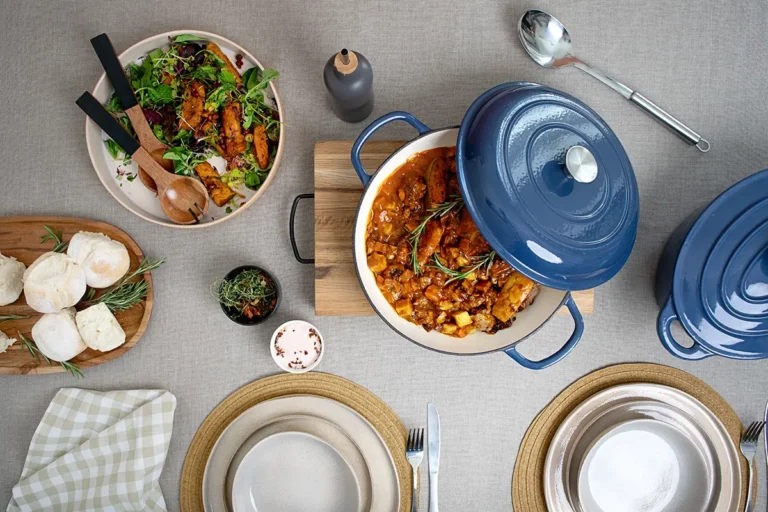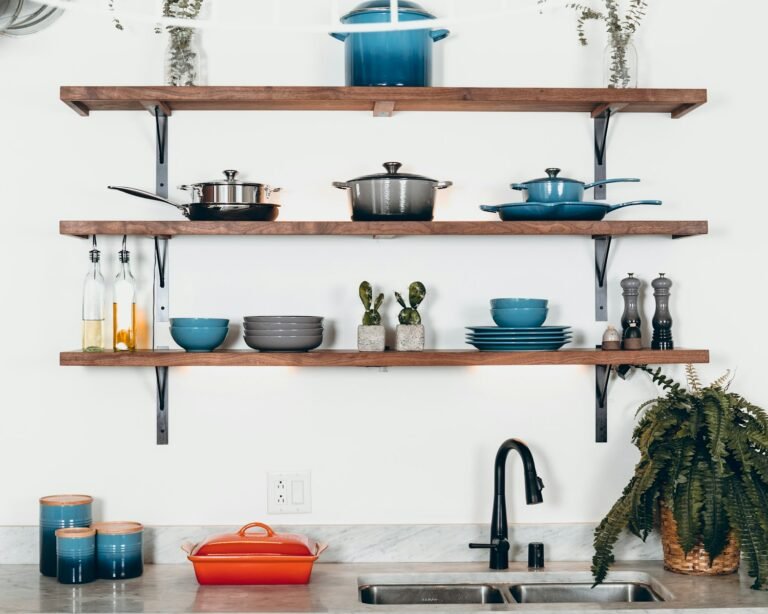Egg-ucation: Common Mistakes People Make When Cooking Eggs (and How to Fix Them)
Hey there! It’s Kristoffer, your friendly neighborhood egg-enthusiast. After over a decade of cracking, scrambling, and occasionally messing up a lot of eggs, I’ve become pretty familiar with all the ways you can go wrong in the kitchen with this little ingredient. If you’ve ever found yourself serving up dry scrambled eggs or wondering how in the world your frittata turned into a watery mess, trust me—you’re not alone.
I remember back when I was just starting out in the kitchen, thinking, “It’s just an egg—how hard can it be?” (Answer: Very hard if you don’t know what you’re doing.) One time, I was so proud of the sunny-side-up eggs I made for breakfast—until I served them to my friend and realized the whites were still runny and the yolks had turned into sad, dry discs. Embarrassing? Absolutely. But it got me obsessed with getting eggs right! So, let’s talk about a few common mistakes people make with eggs, and how to get your egg game on point. 🥄
1. Rubbery Scrambled Eggs
The Mistake: Cooking scrambled eggs over high heat for too long, resulting in dry, rubbery little chunks instead of soft, creamy goodness.
What’s Going On: Scrambled eggs should be light, fluffy, and have a bit of a shine to them, not look like yellow bits of eraser shavings. When you crank up the heat, the proteins in the egg set too quickly, squeezing out the moisture and making them dry.
How to Fix It: Think of scrambled eggs as a dish that requires a little patience. Cook them low and slow, and stir gently. I like to remove the pan from the heat just before they’re fully cooked—they’ll continue to cook in the residual heat, staying creamy and delicious. A touch of butter at the end doesn’t hurt, either! 🧈
Personal Tip: When I first tried this method, I thought it was a waste of time. But trust me, once you’ve had scrambled eggs that are creamy and melt-in-your-mouth good, you’ll never go back. I’ve even had my fair share of “egg converts” who now swear by this slow-cooking method!

2. Watery Frittata
The Mistake: After baking your frittata, you cut into it and a pool of water seeps out. What gives?
What’s Going On: A watery frittata is usually the result of overloading it with veggies or not pre-cooking them beforehand. Vegetables like mushrooms, tomatoes, and spinach are full of water. If you don’t sauté them first, they’ll release their water while baking, turning your frittata into a soggy mess.
How to Fix It: Always sauté your veggies beforehand. This not only removes excess moisture but also brings out more flavor. Make sure you let them cool a bit before adding them to the eggs to avoid curdling.
Personal Tip: My first frittata was a disaster—I didn’t realize spinach could contain so much water. I remember proudly cutting into it, expecting a nice slice, only for it to flood the plate. I ended up eating it with a spoon, more like a weird egg soup. Lesson learned!
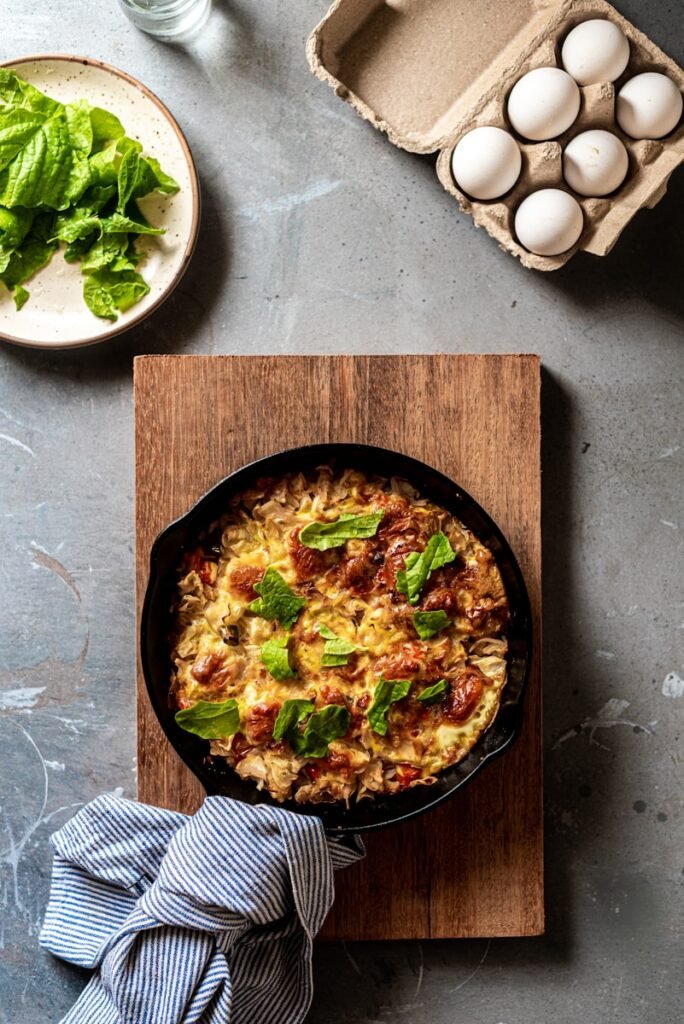
3. Overcooked Hard-Boiled Eggs
The Mistake: You boil your eggs, get distracted (hello, Netflix!), and come back to find a greyish-green ring around the yolk. Yikes!
What’s Going On: That unappetizing ring is a sign that your eggs were overcooked, causing the sulfur in the whites to react with the iron in the yolk. Overcooked hard-boiled eggs can also become dry and chalky.
How to Fix It: Use a timer and stick to it! Boil the eggs for about 9-12 minutes depending on your desired level of doneness, and then immediately plunge them into an ice bath to stop the cooking process. This not only prevents overcooking but also makes them easier to peel.
Personal Tip: The first time I made hard-boiled eggs, I thought I’d just “eyeball it.” Big mistake! When I cut into one, it looked like I’d added a swirl of moldy green food coloring around the yolk. Needless to say, I now have about five timers on standby when boiling eggs!

4. Poached Egg Gone Wrong
The Mistake: You crack an egg into simmering water, only to watch it disintegrate into a sad, stringy mess.
What’s Going On: Poaching eggs can be tricky. If the water isn’t at the right temperature or if you don’t use a gentle technique, the egg whites will scatter, leaving you with an unsightly egg-soup situation.
How to Fix It: Use fresh eggs, as the whites are firmer and hold together better. Add a splash of vinegar to the simmering water, which helps the whites coagulate. Create a gentle whirlpool with a spoon and carefully slide the egg into the center.
Personal Tip: It took me ages to master the poached egg. One time, I had a guest over, and I tried to impress them with poached eggs on avocado toast. Let’s just say it ended up looking more like “scrambled eggs in a cup of water.” But hey, practice makes perfect!
So there you have it! I’ve definitely had my fair share of egg fails, but that’s just part of the learning process. Remember, even the simplest ingredient like an egg can be challenging if you’re aiming for perfection. So don’t get discouraged, and keep cracking (literally and figuratively). Cooking is all about experimenting, making mistakes, and then figuring out how to fix them.
Got any egg-related stories or tips of your own? I’d love to hear them!

